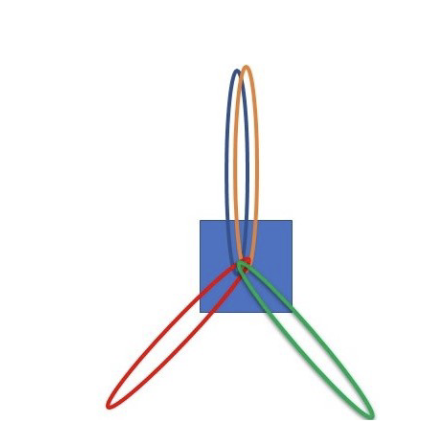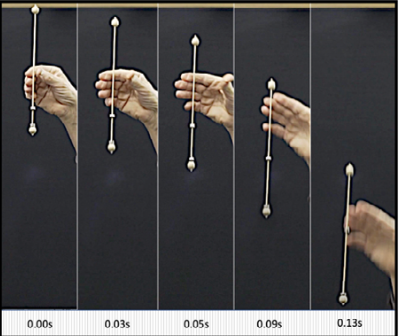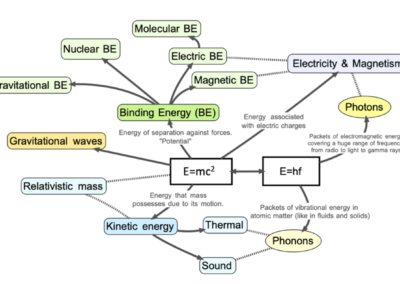Published Papers

Powers of the Universe: Empowering primary school students with the powers of ten notation
Anastasia Lonshakova, David G. Blair, David F. Treagust, Marjan Zadnik
Summary for Teachers - Focus: Primary Maths
This study explores the effectiveness of a mathematics and physics module, “Powers of the Universe,” designed to teach arithmetic with large and small numbers using the powers of ten notation to students aged 7-13. The lessons focused on activities and group learning, measuring students’ ability to estimate, compare, and calculate extreme numbers. Results indicate strong enthusiasm and positive learning outcomes, challenging assumptions about age-related mathematical capabilities. The module is part of the “Maths for Einstein’s Universe” program, aiming to reduce maths anxiety by emphasising real-world relevance and minimising the emphasis on exactness in primary school mathematics.

Making an IMPRESSion: Mapping out Future Directions in Modern Physics Education
Magdalena Kersting, David Blair, Stefano Sandrelli, Jacob Sherson, and Julia Woithe
Summary for Teachers - Focus: International Overview
Acknowledging the need for a comprehensive overhaul in teaching methods, this directions paper consolidates insights from the International Modern Physics & Research in Education Seminar Series (IMPRESS) Symposium. It aims to guide the global physics education community by presenting perspectives from symposium panellists, offering visions for the future of the field, and outlining pathways to address challenges and embrace opportunities. The paper serves as a roadmap for teachers, educators, and physicists seeking to elevate modern physics education through research and practice.
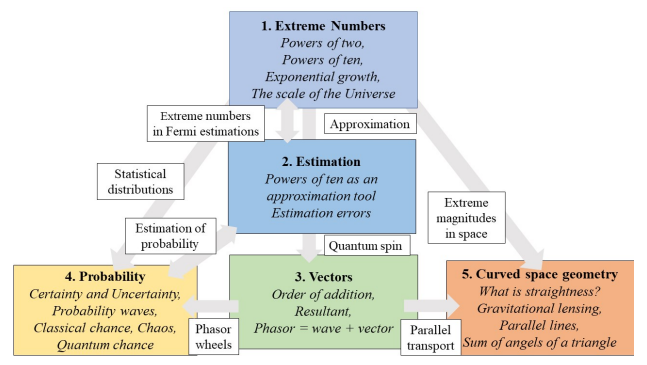
Maths for Einstein’s Universe – Tools for Understanding Modern Reality (Submitted)
Anastasia Popkova, David Blair, and David Treagust
Summary for Teachers - Focus: Primary and Middle Maths
This paper introduces “Maths for Einstein’s Universe”, an education program addressing maths aversion in students aged 7-12. The program includes five modules covering diverse mathematical skills related to modern science. It seeks to improve attitudes, reduce anxiety, and prepare students for advanced topics through group activities, games and plays. The program is tested in workshops and teacher training and shows strong enthusiasm, positive outcomes, and challenging assumptions about age-related maths capabilities. With about 700 participants in nearly 200 teaching hours, “Maths for Einstein’s Universe” offers a promising approach to transforming maths education by linking mathematics and science.
Einstein-First: Bringing children our best understanding of reality
Anastasia Popkova, K. Adams, S. Boublil, R. K. Choudhary, E. Horne, L. Ju, T. Kaur, D. McGoran, D. Wood, M. Zadnik & D. G. Blair
Summary for Teachers - Focus: Introductory Overview
The Einstein-First project bridges the gap between modern and school science, addressing negative perceptions of STEM subjects. Our program, Einsteinian Physics, fosters foundational understanding from quarks to the Big Bang through an 8-year progression using models and group activities. Collaborating with teachers, we create courses, lesson plans, and workshops. Curriculum trials consistently show positive outcomes, including gender equalisation and benefits for less academically inclined and disadvantaged students. Ongoing classroom trials validate the program’s effectiveness. This paper outlines the Einstein-First initiative, emphasising students aged 8 to 12 grasping modern scientific concepts.
Einstein’s ‘happiest thought’: Free-fall experiments enhance student learning of Einsteinian gravity in middle school.
Shachar Boublil, David Blair & David F. Treagust
Summary for Teachers - Focus: Year 7
This paper addresses the demand for integrating Einstein’s general relativity into secondary school science, offering accessible resources for teaching Einsteinian gravity to Year 7 students. Through hand-held experiments, the study explores key concepts like the speed of gravity and free-fall. The analysis of 44 Year 7 students in an 8-lesson program highlights the importance of both time and reinforcement for concept assimilation, with 86% providing Einsteinian explanations of free-fall by the program’s end.
Design and Implementation of an Einsteinian Energy Learning Module
Shachar Boublil, David Blair & David F. Treagust
Summary for Teachers - Focus: Year 8 or 9
This paper tackles the underrepresentation of Einstein’s equation, E=mc², in middle school physics curricula and highlights the feasibility of introducing Einsteinian concepts at this level. The study focuses on a Year 8 Einsteinian energy module for 13-14-year-old students, incorporating essential modern physics formulas, E=mc² and E=hf. Through activity-based learning, the module aligns with traditional energy topics. Using a design-based research approach with 22 students in nine lessons, the study reveals a significant 31% mean increase in post-test conceptual understanding. The results showcase students’ proficiency in handling large and small constants of proportionality and mastering the physical concepts within the module.
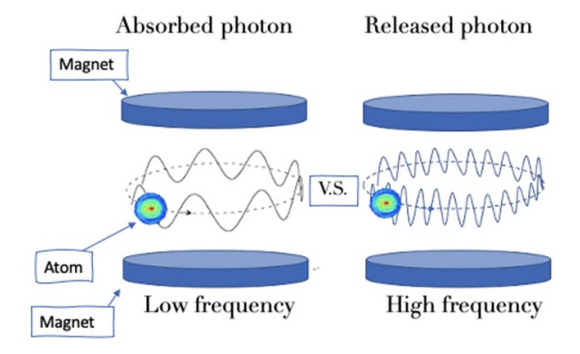
Model experiments and analogies for teaching Einsteinian energy
Shachar Boublil and David Blair
Summary for Teachers - Focus: Year 8 or 9
This paper highlights the relevance of Einsteinian physics education in the context of renewable energy and modern technologies. It emphasises the effectiveness of using activities, models, and analogies to teach challenging topics in the classroom. The focus is on three activities exploring the physics of an experiment measuring an atom’s mass increase with photon absorption and mass reduction with emission, directly connecting to E=mc² and E=hf. The classroom math problems, aligned with the experiment, utilise powers of 10 to address large and small numbers in the concepts. These activities are part of the Einsteinian energy curriculum for Year 8 students in the Einstein-first project in Australia, which is dedicated to designing and implementing Einsteinian physics curricula for schools.

School Activities to Celebrate the Centenary of the Wallal Eclipse Expedition
David Blair, Jyoti Kaur & Anastasia Popkova
Summary for Teachers - Focus: Years 6-10
This article recounts a visit by members of Einstein-First to Karalundi College in June 2022, part of a national project within the Australian Research Council’s Centre of Excellence for Gravitational Wave Discovery. The project aims to integrate Einsteinian physics across the entire school curriculum in Australia. The authors, David Blair, Jyoti Kaur, and Anastasia Popkova, shared insights about the Wallal eclipse expedition in 1922, which provided conclusive evidence supporting Einstein’s gravity theory. The program, conducted at an Aboriginal boarding school in outback Western Australia, covered topics like gravity and curved space, connecting the historical expedition to modern physics concepts.
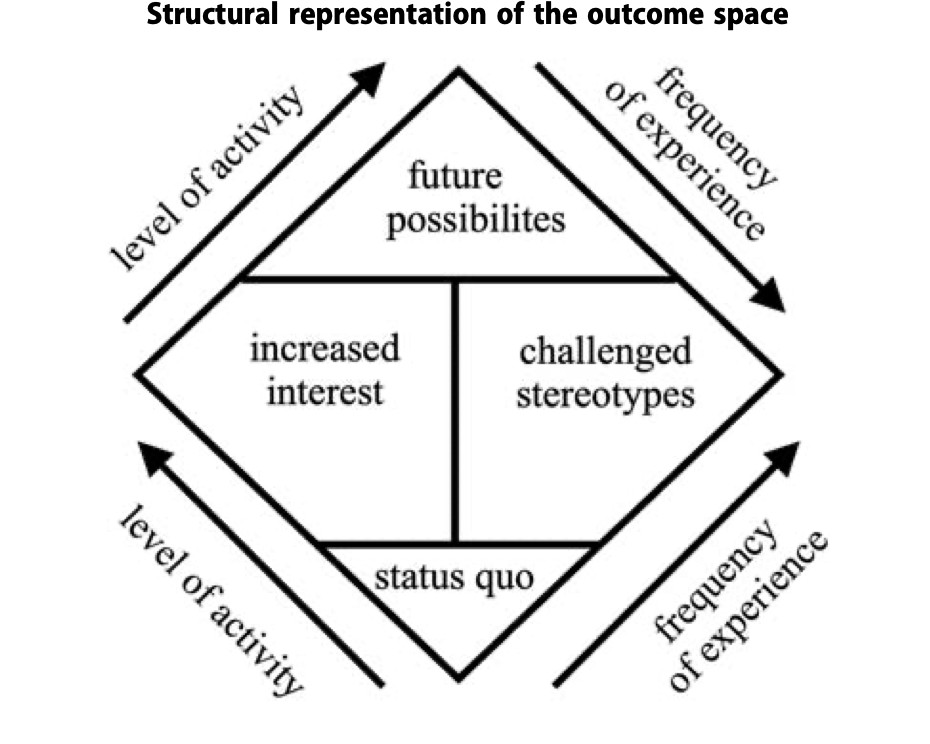
‘I loved exploring a new dimension of reality’ – a case study of middle-school girls encountering Einsteinian physics in the classroom
Magdalena Kersting, Gretchen Schrocker & Sandra Papantoniou
Summary for Teachers - Focus: Years 8-10
The domain of Einsteinian physics (EP) education is explored, specifically focusing on the experiences of middle-school girls. While existing literature has investigated the impact of EP education on older students, this study fills a gap by examining its effects on younger learners. The research involves a program with 39 girls (14–15 years) in an Australian independent day and boarding school. Through analysis of focus group interviews and questionnaires, three categories of experience emerge—personal, scientific, and holistic. These experiences positively influence girls’ perceptions of physics, increasing interest, challenging stereotypes, and revealing potential career paths in science. The findings contribute to discussions on enhancing instructional practices in science classrooms and add to research efforts to foster middle-school girls’ interest in physics.
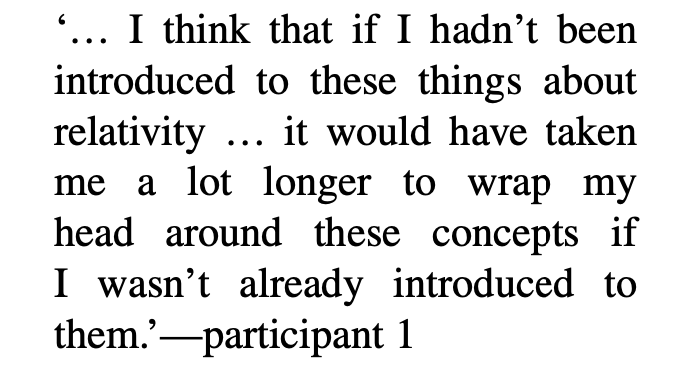
Long-term impact of a primary school intervention on aspects of Einsteinian physics
Kyla Adams, Roshan Dattatri, Tejinder Kaur and David Blair
Summary for Teachers - Focus: Overview, Primary
This paper discusses introducing Einsteinian physics concepts to Australian upper primary students (aged 10–11) in 2011, challenging the prevailing Newtonian teaching paradigm. The study found that modern physics concepts could be effectively taught to these students. A follow-up in 2020 with 11 participants from the original study revealed a lasting positive impact. Participants remembered key concepts, such as curved space-time, and found the intervention beneficial to their subsequent learning, even close to a decade later. The results suggest that Einsteinian physics can be successfully taught at the upper primary level, with enduring retention.
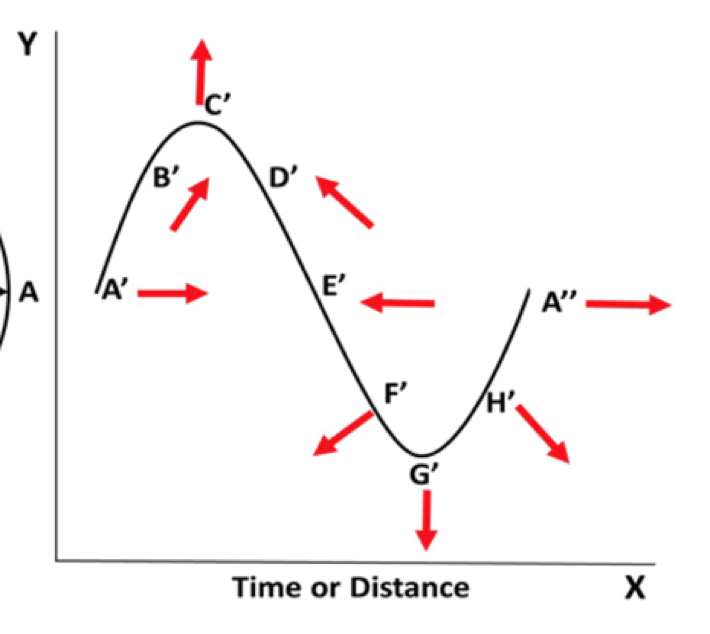
All possible paths: bringing quantum electrodynamics to classrooms
Rahul Choudhary and David Blair
Summary for Teachers - Focus: Year 9, Middle school generally
This paper introduces a novel approach to teaching quantum electrodynamics, often considered too advanced for schools. Using innovative learning tools called phasor wheels makes this complex topic accessible to middle and higher-level students. Based on Feynman path integrals, the graphical approach employs vector addition, offering a deep understanding of vectors and insights into both quantum and classical optics. The phasor wheel, a tactile tool, allows students to compute photon probabilities and explore quantum phenomena without distinguishing between quantum and classical aspects. The approach, requiring only elementary mathematics, is suitable for middle/upper secondary schools and early undergraduate students, enriching their understanding through real-life analogies and videos of single particle interference.
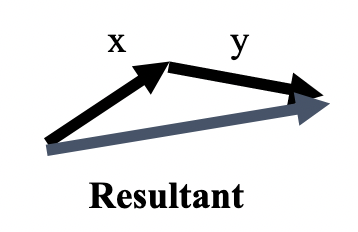
A Comparison of Short and Long Einsteinian Physics
Intervention Programmes in Middle School
Rahul Choudhary, Alexander Foppoli, Tejinder Kaur, David Blair,
Ron Burman and Marjan Zadnik
Summary for Teachers - Focus: Relevant to all year levels
This study compares the effectiveness of 1-day, 10-lesson, and 20-lesson interventions for students in years 7 and 9 (13–15 years old). While short-duration interventions prove adequate for introducing core concepts, longer-duration interventions significantly enhance the understanding of derived concepts. The study also observes variations in uptake based on academic talent and gender, particularly for derived concepts. Despite varying durations, students maintained generally positive attitudes toward science. These findings offer valuable insights for incorporating Einsteinian physics into school curricula.
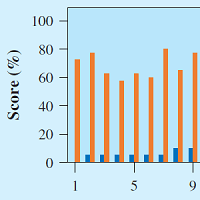
Gender response to Einsteinian physics interventions in school
Tejinder Kaur, David Blair, Rahul Kumar Choudhary, Yohanes Sudarmo Dua1, Alexander Foppoli1, David Treagust and Marjan Zadnik
Summary for Teachers - Focus: Relevant to all year levels
This paper discusses the “Einstein-First” educational program designed to introduce Einsteinian concepts across the school curriculum using simple models and analogies. Short and long interventions were conducted with academically talented and regular classes in Years 6–10, revealing significant improvements in conceptual understanding and student attitudes. Unexpectedly, gender effects were observed, with female students entering the program with lower attitude scores than males but achieving comparable attitudes upon completion. The results demonstrate that Einsteinian physics can effectively be taught to high school students, with considerations for age group, program duration, and gender effects.

Can Einstein’s Theory of General Relativity Be Taught To Indonesian High School Students?
Y.S. Dua, David Blair, Tejinder Kaur, Rahul Kumar Choudhary
Summary for Teachers - Focus: Years 7-9, International
This research focuses on introducing high school students to the essential theories of general relativity and quantum mechanics, which are often excluded from physics curricula due to perceived difficulty. The study employs activity-based learning, utilising models and analogies, to enhance students’ conceptual understanding. The research conducted with 31 students over three weeks reveals a significant improvement in conceptual understanding, with a particularly noteworthy increase for female students. The results suggest that well-designed teaching methods can effectively convey complex theories, providing a promising foundation for future research and integrating these concepts into high school physics education in Indonesia.

Public and teacher response to Einsteinian physics in schools
Alexander Foppoli, Rahul Choudhary, David Blair, Tejinder Kaur, John Moschilla and Marjan Zadnik (2019) Phys. Educ. 54 015001
Summary for Teachers - Focus: Relevant to all year levels
This research explores the crucial aspects of introducing Einsteinian physics early in school curricula, emphasising the need for teacher training and public support. A pilot study was conducted to gauge support, involving comprehensive outreach and professional development workshops for teachers and self-selected family groups. Questionnaires assessed attitudes, and public opinions were gathered online. The results indicate strong support from both teachers and the public. The study also explores the attitudes of children and adults, gathering opinions on the appropriate age to begin introducing Einsteinian concepts.
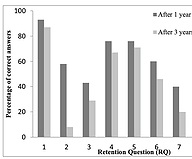
Determining the Intelligibility of Einsteinian Concepts with Middle School Students
Tejinder Kaur, David Blair, Warren Stannard, David Treagust, Grady Venville, Marjan Zadnik, Warwick Mathews & Dana Perks (2019) Research in Science Education
Summary for Teachers - Focus: Year 7
This paper explores the feasibility of making core Einsteinian physics concepts intelligible to middle school students. The research, conducted through a 20-lesson teaching program utilising models and analogies, aims to facilitate conceptual change. Testing 120 students before and after the program reveals variable prior knowledge but near-universal intelligibility of core Einsteinian concepts afterwards. The results show no intrinsic difficulty in understanding these concepts at the middle school level. While initial interest in physics differed between genders, the program significantly increased female students’ interest. Repeatability and long-term retention indicate a lasting impact on students’ conceptual understanding.
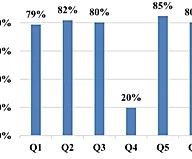
Einsteinian Physics in the Classroom: Integrating Physical and Digital Learning Resources in the Context of an International Research Collaboration
Rahul Choudhary, Ute Kraus, Magdalena Kersting, David Blair, Corvin Zahn and Marjan Zadnik (2019) The Physics Educator Vol. 1, No. 4 1950016 (14 pages) c World Scientific Publishing Company DOI: 10.1142/S2661339519500161
Summary for Teachers - Focus: Year 10, International Overview
This study presents a pilot program by the international Einsteinian Physics Education Research (EPER) Collaboration, aiming to integrate innovative learning approaches in Einsteinian Physics. The program combines physical models and digital resources to assess Grade 10 students’ (15 years old) conceptual understanding of Einsteinian physics. Teaching units on “gravity and warped time,” “gravity is geometry,” and “quantum weirdness” successfully imparted key concepts, utilising both physical models and digital resources. The study aims to share the collaborative model, raise awareness about introducing Einsteinian physics into school curricula, and inspire researchers and teachers in physics education.
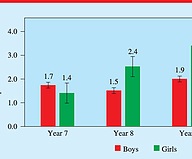
Can a short intervention focused on gravitational waves and quantum physics improve students’ understanding and attitude?
Rahul K Choudhary, Alexander Foppoli, Tejinder Kaur, David G Blair, Marjan Zadnik and Richard Meagher (2018) Physics Education 53 065020 (16pp)
Summary for Teachers - Focus: Years 7-10
This study addresses the declining interest in science and technology by proposing an innovative approach to introducing modern physics concepts early in the school curriculum. One-day interventions were conducted using the context of recent gravitational wave discoveries, emphasising ongoing scientific discovery and fundamental concepts of quantum physics and gravitation. The approach includes role-playing, model demonstrations, single-photon interference, gravitational wave detection, and simple experiments. Testing four age groups (school years 7, 8, 9, and 10) through pre- and post-assessments suggests that neither prior knowledge nor age significantly impacts understanding of core Einsteinian physics concepts. However, short interventions were found insufficient for comprehending more derived concepts.
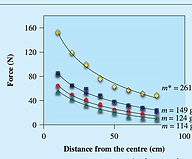
Teaching Einsteinian Physics at Schools: Part 1, Models and Analogies for Relativity
Tejinder Kaur, David Blair, John Moschilla, Warren Stannard and Marjan Zadnik 2017 Phys. Educ. 52 065012
Summary for Teachers - Focus: In-Depth Overview
The Einstein-First project seeks to revolutionise school science teaching by introducing essential Einsteinian concepts early in education, covering space, time, gravity, and quantum mechanics. Despite their crucial role in modern science and technology, these concepts are often overlooked in school curricula. The key to implementing the Einstein-First curriculum is developing appropriate models and analogies. This paper, the first in a three-paper series, establishes the conceptual foundation of the approach, emphasising simple physical models and analogies. Subsequent papers delve into teaching quantum physics (Part 2) and presenting research outcomes (Part 3).
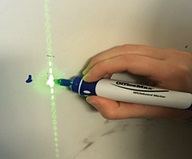
Teaching Einsteinian Physics at Schools: Part 2, Models and Analogies for Quantum Physics
Tejinder Kaur, David Blair, John Moschilla, Warren Stannard and Marjan Zadnik 2017 Phys. Educ. 52 065013
Summary for Teachers - Focus: In-Depth Overview
The Einstein-First project adopts an innovative approach to teaching Einsteinian physics using physical models and analogies. This paper focuses on teaching quantum physics, emphasising the particle nature of light through toy projectiles representing photons. This approach facilitates the introduction of key concepts such as photon spacing and momentum, leading to an intuitive understanding of the uncertainty principle. Optical interference is explored by considering individual photons, utilising videos to depict the gradual development of images. This approach allows for the interpretation of simple laser interference experiments through the statistical arrival of photons, offering insights into the wave aspects of quantum phenomena.
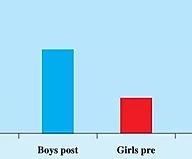
Teaching Einsteinian Physics at Schools: Part 3, Review of Research Outcomes
Tejinder Kaur, David Blair, John Moschilla, Warren Stannard and Marjan Zadnik 2017 Phys. Educ. 52 065014
Summary for Teachers - Focus: In-Depth Overview
This paper presents research findings from Einsteinian physics programs conducted by various instructors with students in Years 6, 9, 10, and 11, utilising the models and analogies discussed in earlier sections. The research aimed to assess the feasibility of teaching Einsteinian physics and to measure changes in students’ attitudes toward physics when introduced to modern concepts underpinning current technology. Results indicate that students easily grasped Einsteinian physics concepts and did not find the material too advanced. Notably, across all groups, girls significantly improved their attitude toward physics, often achieving near parity with boys.
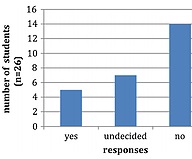
An Exploratory Study to Investigate the Impact of an Enrichment Program on Aspects of Einsteinian Physics on Year 6 Students
Marina Pitts, Grady Venville, David Blair & Marjan Zadnik Res Sci Educ (2014) 44:363–388 DOI 10.1007/s11165-013-9386-6.
Published online: 31 October 2013
Summary for Teachers - Focus: Primary
This paper explores the impact of an enrichment program on Einsteinian physics concepts on year 6 (10 and 11 years old) children’s understanding and attitudes. Typically introduced at the university level, this research aimed to demonstrate that complex scientific ideas can be presented age-appropriately, resulting in measurable learning for younger children. The study involved one class of 26 students with six in-class lessons, a science centre excursion, and a scripted play about key scientists. Pre/post-instruction questionnaires, classroom observations, and an interview with the physics professor were used for data collection. Results showed a statistically significant improvement in children’s conceptual understanding, with variable outcomes for specific concepts. Despite the complexity, most students reported interest and engagement, refuting the notion that they were too young to learn Einsteinian physics concepts.

Gravitational waves physics using Fermi coordinates a new teaching perspective
Matteo Luca Ruggiero

